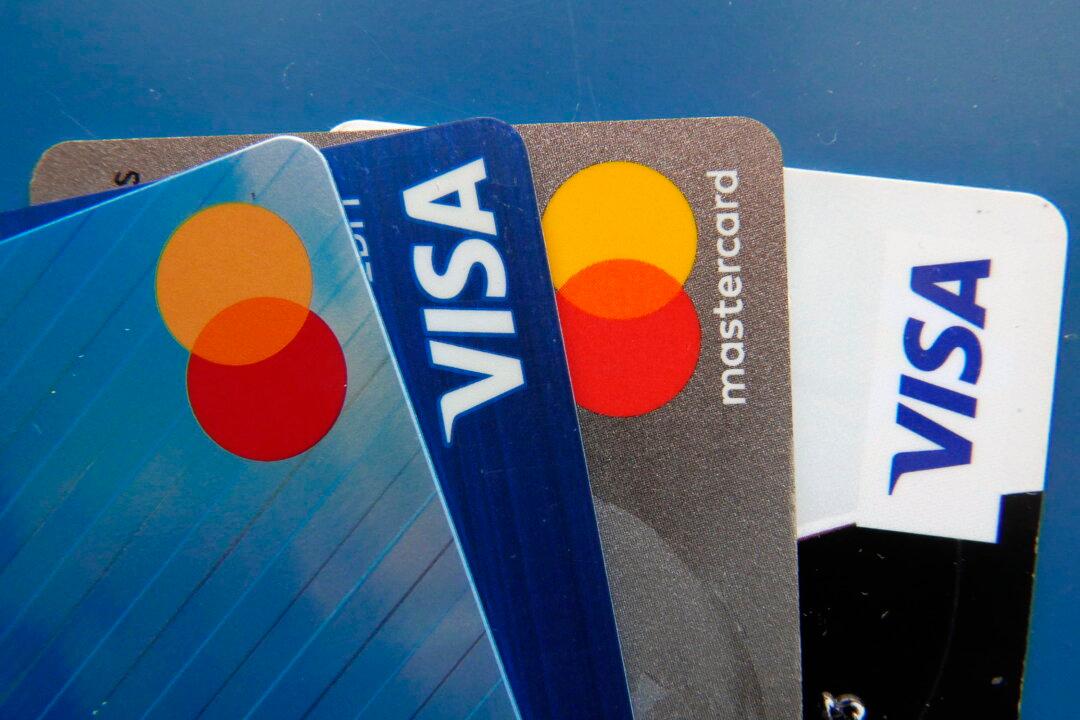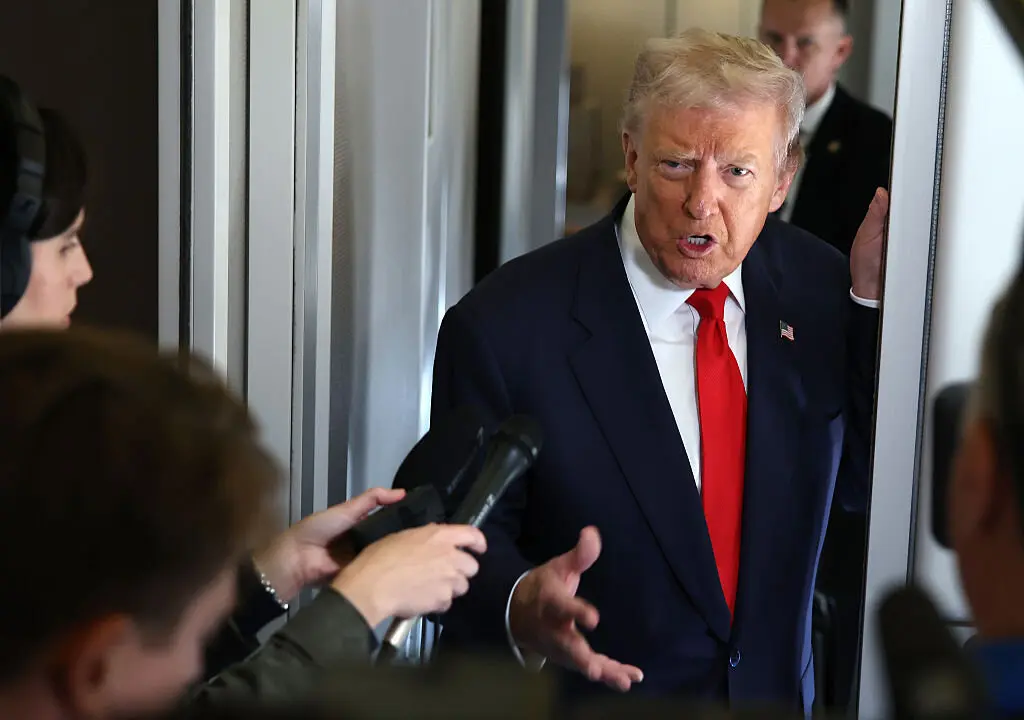The monitoring of personal behavior by banks will take another step forward as Canadian credit union Vancity launches a new credit card technology to report users’ carbon emissions.
On Oct. 19, Vancity announced that it will be “the first financial institution in Canada to offer its individual and business members a way to estimate the CO2 emissions that come from their purchases.” Vancity said that its carbon counter, which is attached to Visa credit cards, was developed with ecolytiq, one of Europe’s leading climate engagement technology companies.





